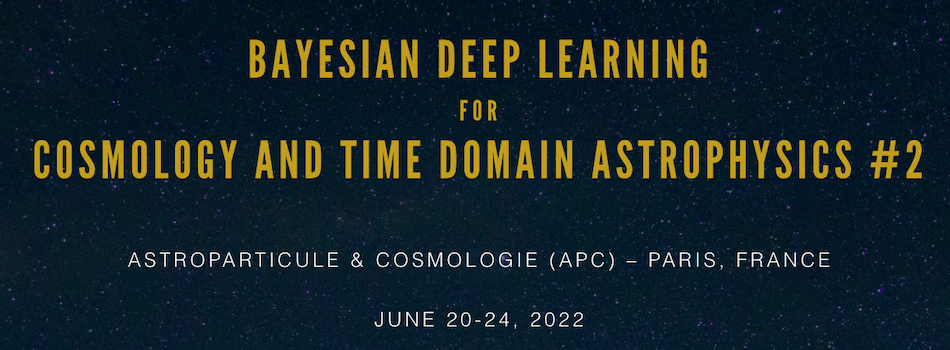Orateur
Description
We present a Convolutional Neural Network (CNN) model for the separation of astrophysical transients from image artifacts, a task known as "real-bogus" classification, that does not rely on Difference Image Analysis (DIA) which is a computationally expensive process involving image matching on small spatial scales in large volumes of data. We explore the use of CNNs to (1) automate the "real-bogus" classification, (2) reduce the computational costs of transient discovery. We compare the efficiency of two CNNs with similar architectures, one that uses "image triplets" (templates, search, and the corresponding difference image) and one that adopts a similar architecture but takes as input the template and search only. Without substantially changing the model architecture or retuning the hyperparameters to the new input, we observe only a small decrease in model efficiency (97% to 92% accuracy). We further investigate how the model that does not receive the difference image learns the required information from the template and search by exploring the saliency maps. Our work demonstrates that (1) CNNs are excellent models for "real-bogus" classification that rely exclusively on the imaging data and require no feature engineering task; (2) high-accuracy models can be built without the need to construct difference images. Since once trained, neural networks can generate predictions at minimal computational costs, we argue that future implementations of this methodology could dramatically reduce the computational costs in the detection of genuine transients in synoptic surveys like Rubin Observatory’s Legacy Survey of Space and Time by bypassing the DIA step entirely.

